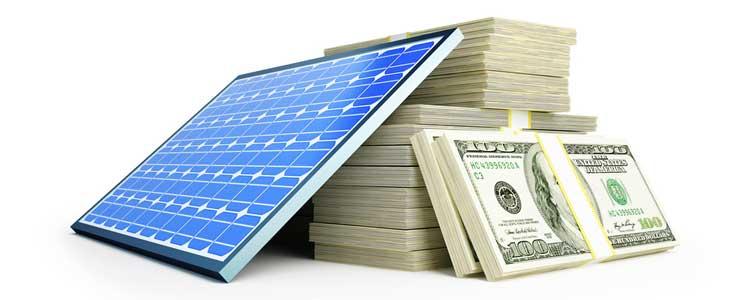
Let me ask you something: if someone offered to pay you back for going solar, wouldn’t you at least hear them out? That’s pretty much what Solar Incentives and Policies do. In Pakistan’s energy landscape, where loadshedding and rising bills are part of daily life, switching to solar isn’t just a smart move—it’s starting to feel like the only move. But here’s the twist: not everyone knows how to cash in on the support that’s actually available.
So let’s break it down. What do solar incentives really mean for you and your wallet?
Understanding the Buzz: What Are Solar Incentives and Policies?
In plain words, solar incentives are government-backed perks that encourage people to invest in solar technology. These can come in the form of tax credits, rebates, subsidies, or policy support that make solar systems more affordable.
While Pakistan doesn’t yet offer federal tax credits like the U.S., we do have evolving government rebate programs and state-level policies designed to boost renewable adoption. For instance, in provinces like Punjab and Sindh, the government has worked with financial institutions to launch solar financing schemes with low markup rates, making it easier for homeowners to afford installation.
Also, let’s not forget about net metering, which allows you to sell excess electricity back to the grid—basically turning your roof into a mini power plant. (We discussed the new changes in net metering in this blog, if you’re curious.)
Why Should You Care About These Incentives?
Simple. They help you save money—lots of it. Depending on the province, the size of your solar setup, and the policy at the time, you can reduce your upfront cost by 20-40%. Some banks even offer green loans that spread the cost over 5-7 years, making the investment lighter on the pocket.
And with electricity rates skyrocketing year after year (NEPRA reported an average 30% hike in 2024 alone), going solar means locking in your energy costs and future-proofing your finances.
Want a deeper dive into the return on solar investment? You should definitely check out our blog on Solar Panel ROI: Is It worth the Investment in 2025?
The Fine Print: Policies That Shape Your Solar Journey
Now here’s where it gets interesting. While incentives are great, policies can make or break how attractive solar is. Recently, Pakistan’s Alternative Energy Development Board (AEDB) has been pushing for policy reforms to make solar more mainstream. But challenges like regulatory bottlenecks, lack of awareness, and slow disbursement of funds still exist.
Then there’s the ever-changing net metering policy (again, read the full scoop here), which can either accelerate or discourage solar adoption based on how the government adjusts tariffs.
So, always do a quick check with your installer or local DISCO to see what’s active and applicable in your area.
Okay, But What Should You Do About It?
Here’s my two cents: if you’re considering going solar, don’t go in blind. Ask your installer or provider these questions:
- What current rebates or bank loan programs are available?
- Is my area eligible for net metering?
- How long will it take to get approvals?
And please, stay updated with provincial policies. Join community groups, follow energy forums, or ask your installer to guide you through the red tape.
Final Thoughts: The Incentive is clear
Going solar in Pakistan in 2025 isn’t just about panels and batteries. It’s about understanding the full picture—including how solar incentives and policies can work in your favor. With energy prices surging and the climate situation worsening, there’s never been a better time to invest in clean, independent power.
But remember: knowledge is your biggest asset here. So do the research, ask the right questions, and take that step toward energy freedom.







